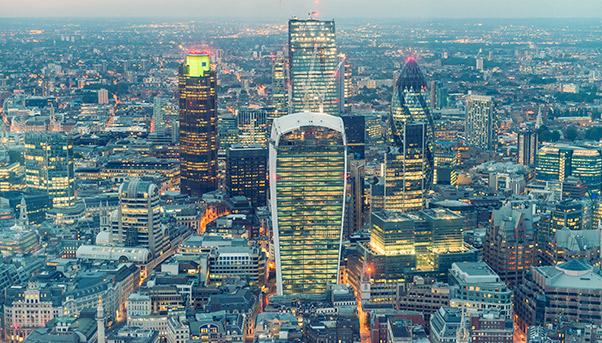
The recent economic crisis has profoundly changed the labour market: wages have declined for many, jobs in traditional industries are slowly disappearing as they become obsolete, and factories that were once the strongholds of employment are now closing in rapid succession. Yet the search for a job has never been more promising, especially for those who have a high level of education and a creative mind, says economist Enrico Moretti. All one has to do is look for employment in the new capital cities he discusses in his book, "The New Geography of Jobs," a detailed analysis of the transition to the new industrial economy. A professor at the University of California, Berkeley, adviser to U.S, President Barack Obama and visiting scholar at the Federal Reserve Bank of San Francisco, Moretti is the perfect guide for those who, as he was two decades ago, are in their twenties, nourish big ambitions, and want to explore the world with an open mind.
Professor, what should a young college graduate do?
«I'd advise him or her to immediately look for work abroad, which is the most formative experience that can be had. Moving abroad is not the same as emigrating, but is the first step to building a career and an important milestone for the future».
What factors should be considered when making that decision?
«The most attractive cities for migrants have two characteristics: on the one hand, a high concentration of human capital, and by that I mean a high-level of postgraduate qualifications; on the other, a large number of innovative entrepreneurs. It does not matter in what industrial sector they operate, but it is essential that there be appetite for risk and investments in innovation. In a country like the United States, these conditions are met in San Francisco, New York, Boston, Austin, Washington, but also in Raleigh, San Diego, and Seattle».
Do local governments have a role in creating these poles of excellence?
«It depends. In North America, the three cities that have grown the most in recent decades have done so almost exclusively thanks to the specific industries that were established there. Microsoft in Seattle, Dell in Austin, and various high tech companies in Raleigh. Local government has nothing to do with the phenomenon».
What are the most attractive locations for talent?
«The obvious answer is London. It is one thing to see a city, like Phoenix, that was born out of nowhere in the desert lift off; an entirely different thing is to see a European capital with thousands of years of history grow by a million people in the last 10 years - that is something amazing. Stockholm and Zurich are two other European poles that are showing a frenzy of activity. All three cities offer a flexible labour market, a linear tax system and a rapid and reliable justice system. The absence of these elements have penalized Paris, which just a few decades ago was London's twin city and together with the British capital led Europe. One must also take into consideration the stimulus effect of growth on the economy: companies are attracted to move to where there is already a high concentration . That's why today we have the paradox of seeing so many companies cater to their clients' needs in Rome and Paris from their headquarters in London».

Are you saying that countries with more traditional economies like Italy can benefit from the higher quality and degree of innovation in the labour market?
«In Italy, for example, just like in France, there is an abundance of first-class human capital. If we manage to pave the way for investment, the workforce will, consequently, improve its quality and competitiveness on the market, and this phenomenon would also benefit from the return of many workers who today are employed abroad. This is one of the reasons why the current intellectual emigration should not be seen as a scourge but as a resource to use when the recovery of our productive system begins».
You've written that the administrators of the cities that have benefitted from growth should remove all obstacles to infrastructure development. But isn't the new industrial landscape, dominated by software and high-tech, too volatile to provide long-term employment guarantees?
«There’s no doubt that the establishment of a car factory in the last century was more tangible and lasting, but it would be a mistake to think that today's industry does not offer stability. Companies can come and go, move from hardware to software, from social media to artificial intelligence and to the construction of large, complex projects. But the human capital that they attracted will remain, and it is this high level of creativity that will ensure employment over time in a given area».
So far we've spoken only of highly skilled labour. But what happens to the less skilled workers?
«They are the first to benefit from the development of high-quality labour, because the satellite industries that appear around the most innovative companies grow at an exponential rate. This symbiotic relationship is what continues to make New York great: a city that attracts a mass of new, low-skilled immigrants, but where the best creative minds also continue to go. You cannot have one of these components in the absence of the other. It is the interaction of these two social groups that determines the greatness of a city».

